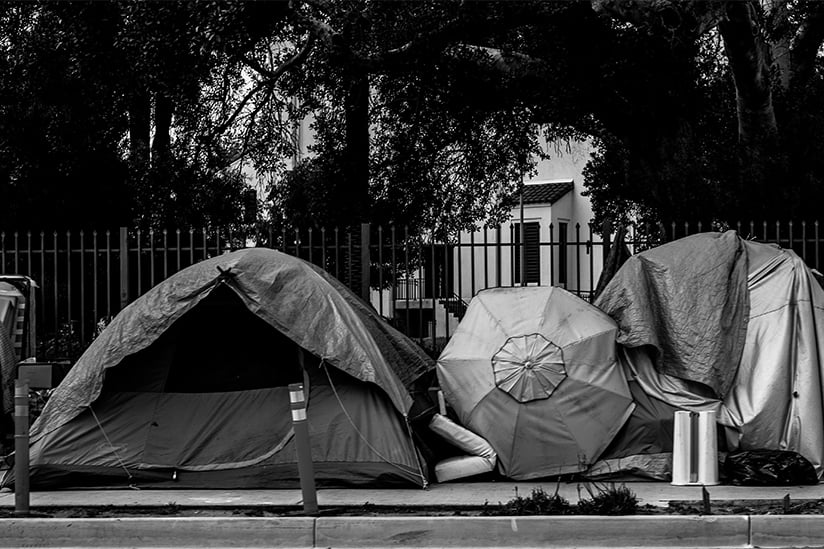How A Synergy Of Events Turned Frustration Into Innovation
4 min read
The word innovation has such a lofty connotation. I’m not sure it feels authentic to the way my “innovation” came about. I think, like a lot of nurses, my innovation was born out of frustration. I am a nurse educator in a public, regional institution that serves predominately rural regions of the state with almost half the student body self-reporting that they are the first in their families to attend college. We work tirelessly to create pathways for regional students to find success in Certificate, Associate, Bachelor, and even several graduate programs. The climate has four seasons, but winters are typically tolerable. The campus is beautiful and safe with several recent building additions or remodels in the last decade. The community is very “outdoorsy” in general, which appeals to students who want to recreate without interminable traffic delays. What could be frustrating about this paradise?
Caring for People Experiencing Homelessness (PEH)
Over the last many years, clinical sites have felt the pressure of educating student nurses, especially in specialties that care for the most vulnerable; it is always a crazy ride on a hard-to-recruit-and-retain Ferris wheel. Many community health clinical sites reported insufficient bandwidth to precept students. Like many other communities, we were seeing an increase in the numbers of people experiencing homelessness (PEH). In fact, per capita, our community has more PEH than the largest city in the state. A scatter-shot of resources tried to handle the volume, but many PEH were heading to emergency departments, and when they did, they were often very sick. Of course, there were some who needed warmth and food, and those patients sometimes faced hostile, tired healthcare workers who may not have had their most compassionate game face on.
As an experienced public health nurse who spent most of my career caring for the underserved, I was beyond frustrated and felt helpless, the worst emotion, I think, a nurse can feel. Remarkably, at the same time, the largest organization providing care for PEH in our community was breaking ground on a new women and family shelter to be built to trauma-informed design standards, the first in our region of the country. One day, after a particularly therapeutic trail run (read self-care), I did not automatically hit “delete” when a list of grant opportunities came in an email. I am not sure why. I was not shopping for grants. But I was calm and had spent miles on the trail reframing my frustration to focus on what I could do. I am a very middle-aged person and yet, when flummoxed, I still hear my mother’s voice in my head saying, “Think about what you can do, not what you can’t.” I opened the email and saw a funding opportunity that might as well have been titled “Do this!” I saw a way to create a project leveraging the new shelter as a space to care for PEH while providing a clinical site to all health sciences students showing the power of academic-practice partnerships and interdisciplinary, nurse-led teams. I got busy and we were successfully funded.

Our Goals
- To provide primary care to PEH through a behaviorally integrated nurse-led team meeting patient needs across the biopsychosocial spectrum.
- To provide a clinical site to educate nurses and other health sciences students in how nurse-led teams can effectively care for complicated, vulnerable populations.
- To promote the much-needed retention of nurses, especially in the workforce that cares for the most disadvantaged, by demonstrating the effectiveness of nurse-led, interdisciplinary teams.
Health inequities are addressed through the healthcare team. The nurse leader is a family and psychiatric mental health nurse practitioner. The behaviorist is a licensed clinical social worker experienced in integrated family care, the medical assistant also does medical case management, and a family navigator helps connect families to needed services. Each team member helps educate the future workforce with enthusiasm. They were hired with a main part of their job descriptions involving teaching responsibilities.
Our Outcomes
To date, over 1000 PEH have received care at the clinic and over 200 health sciences students (LPN-BSN, traditional BSN, nurse practitioner, and physician assistant) have had at least one clinical experience at the shelter clinic. For many of our students, this is their first and only experience caring for PEH outside of acute care settings. Students report feeling nervous and afraid before their experience on their pre-surveys. However, on their post-surveys, we read heartwarming responses, such as “I was blown away by all they do” and “I saw such empathy and respect for fellow humans…I want to be like them when I graduate!”
That is not just music to an educator’s ears, it’s a symphonic masterpiece! For me, a synergy of events turned frustration into innovation, but I think that’s many nurses’ superpower.
Images sourced from Adobe Creative Cloud



